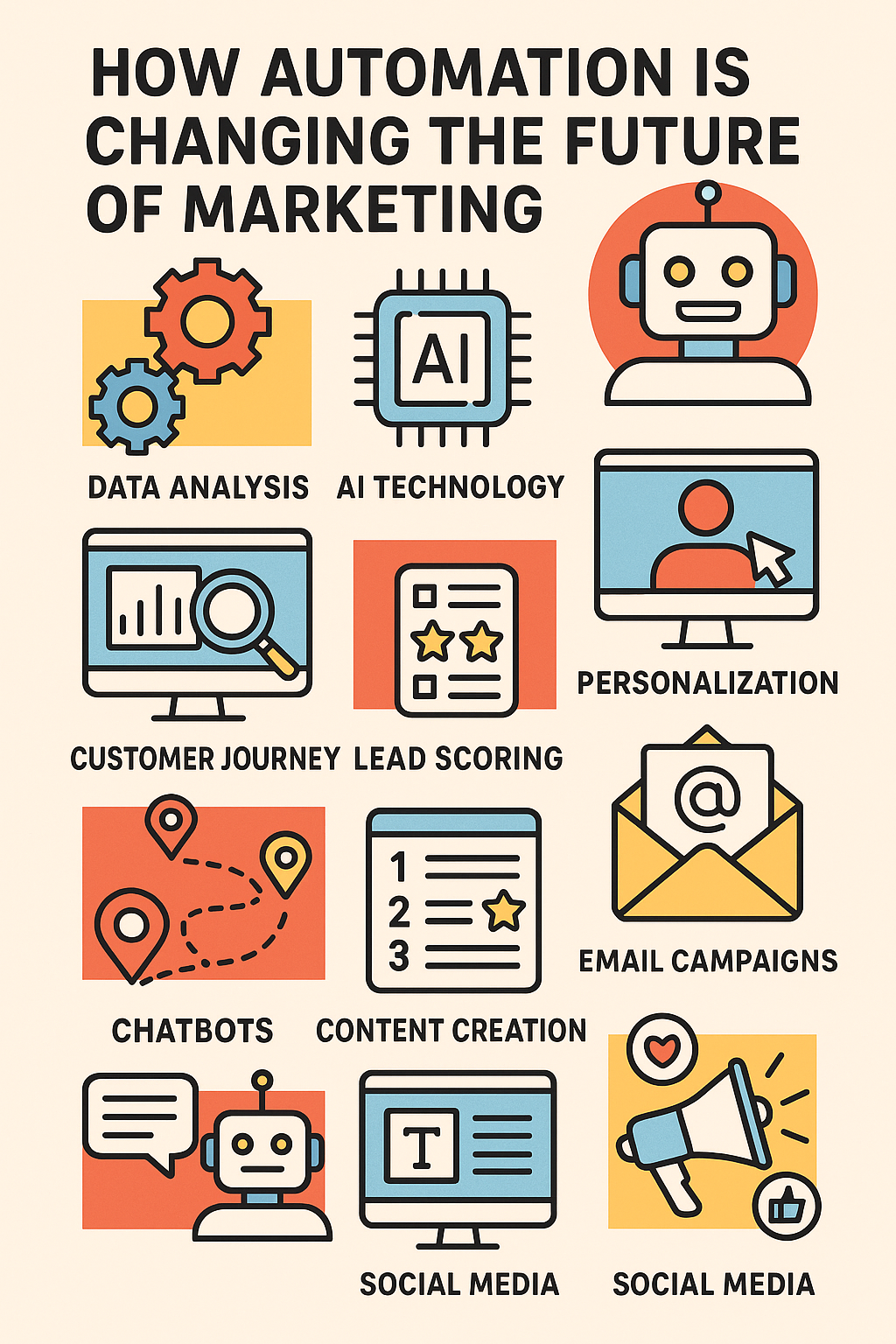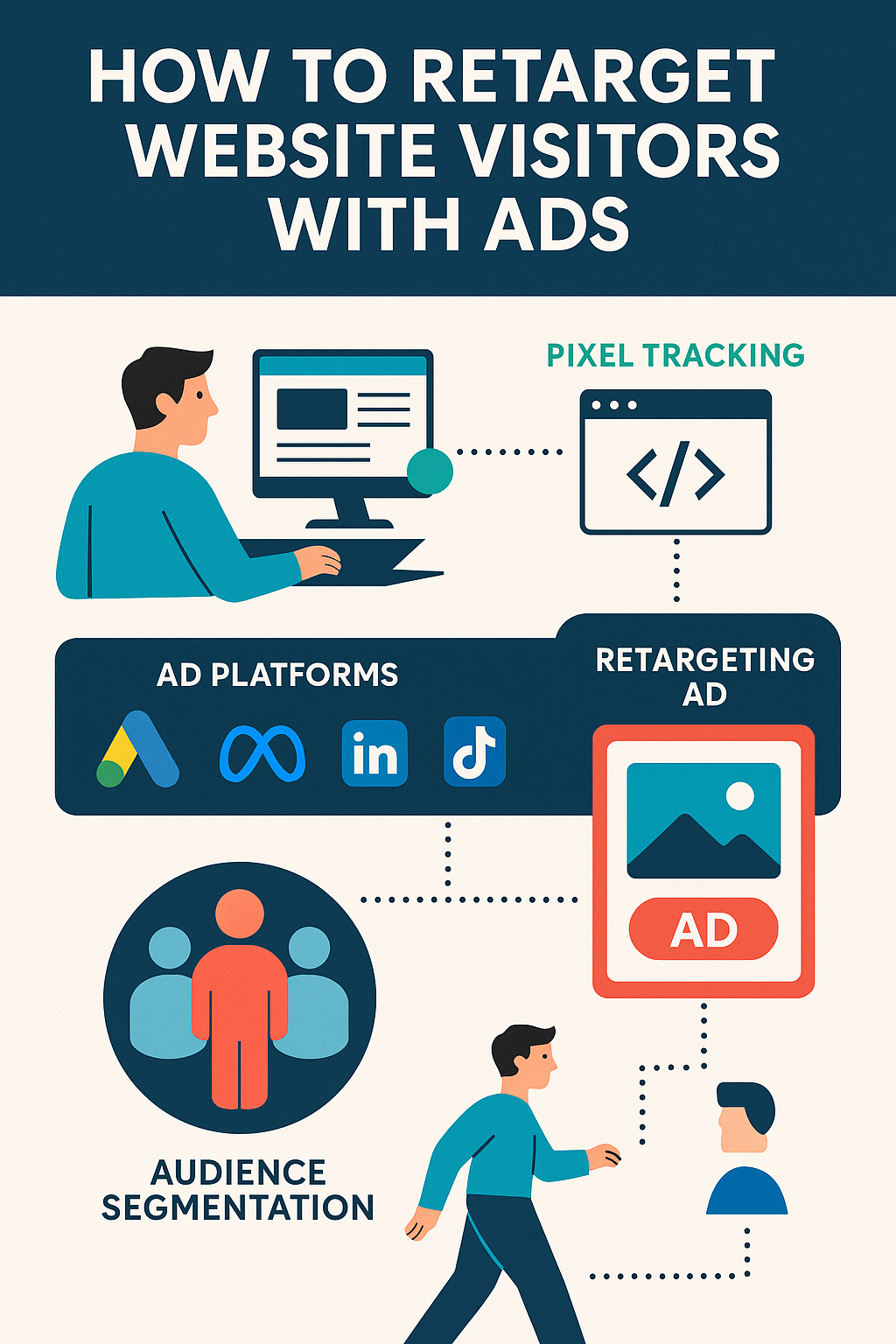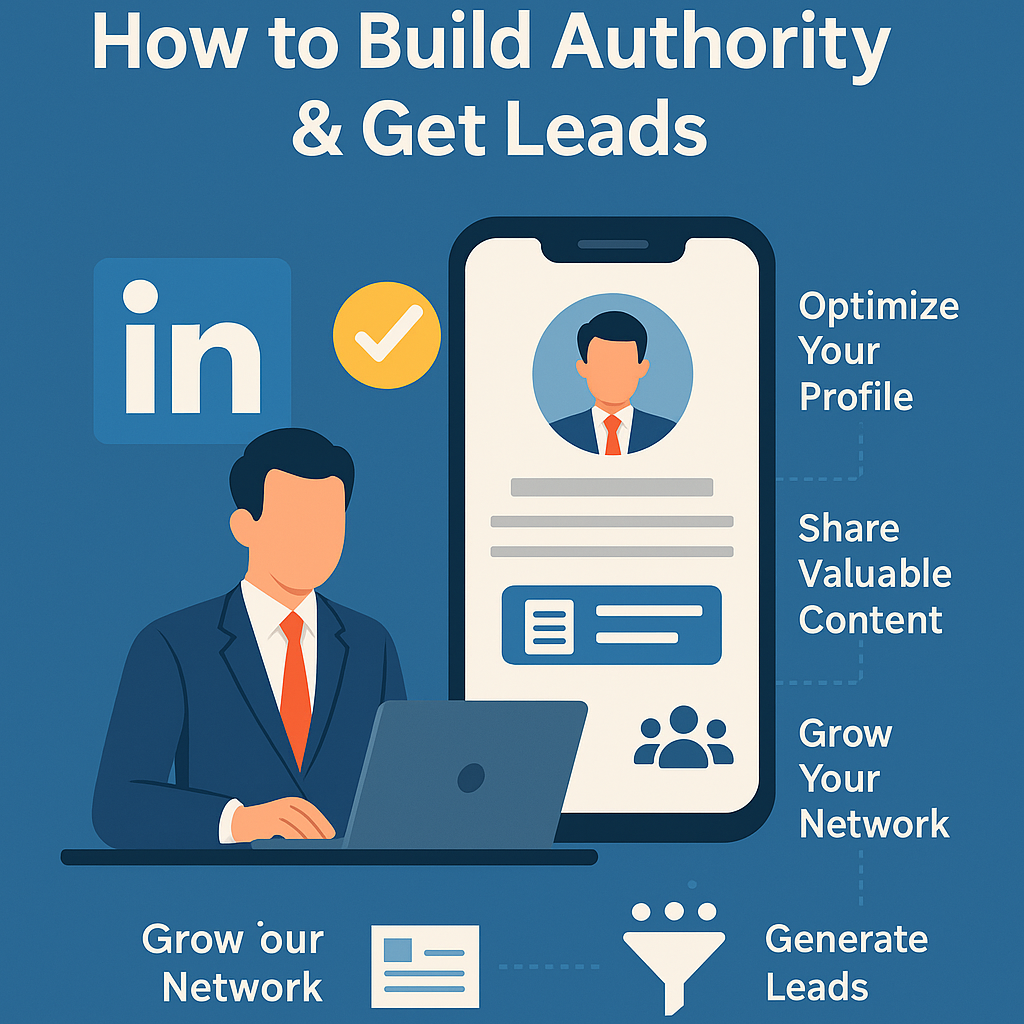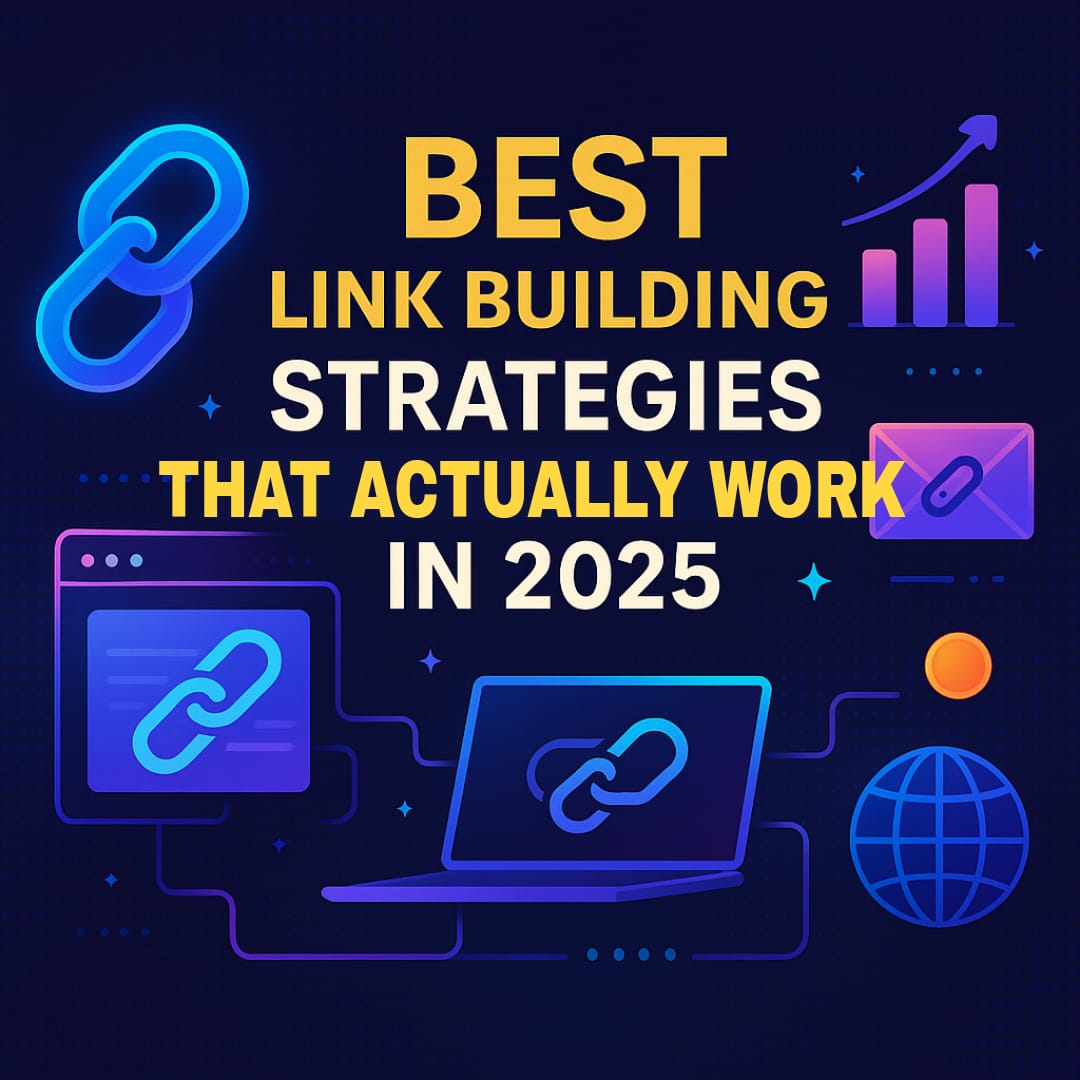How Automation Is Changing the Future of Marketing
Table of Contents
Introduction
Marketing has always mirrored the tools available to us as humans. The printed press provided us with mass-market newspapers and ads. Radio and television opened up the ability to tell stories to wide audiences. The internet shattered all boundaries of geography, marking the beginning of digital campaigns. Now, we are at the point of automation being the next tectonic shift.
As per IBM, A marketing automation strategy streamlines how organizations accomplish marketing tasks and segment content and experiences for people they want to influence across the customer journey. It is a critical component of both B2C and B2B marketing campaigns.
Automation as it pertains to marketing refers to the strategic use of technology mainly artificial intelligence (AI), machine learning (ML) and software platforms to complete repetitive, manual tasks, work with very large sets of data(digital) in a cost-efficient way and provide personalized experiences for an audience that would be enthusiastic for large scale campaigns. It’s not just about saving time. It is about reinventing the nature of how businesses will communicate to their customer and build relationships.
What makes it unique, is its ability to adapt as it goes. Automated marketing strategies are not static, as previous campaign marketing strategies were, they are dynamic, ever-learning, and continuously optimizing system processes. The implications on our future marketing strategies is huge.
The Evolution of Marketing Automation
From Manual Labor to Digital Intelligence
Prior to the rise of automation, marketers spent hours on time-consuming tasks that were necessary but repetitive, such as bulk email distribution, audience segmentation, timing social posts, spreadsheet analysis, and so forth. Marketing campaigns were linear, and any adjustments or modifications would take weeks of planning.
Nonetheless, in the early 2010s, software platforms emerged, and tasks like email sequencing or lead segmentation became a possibility, despite taking more time. What began as a simple efficiency of bandwidth development has transformed into AI-based marketing programs.
Why the Timing Matters Now
Automation has gained significant momentum in recent years due to three converging paths:
- Increase in Data: Every single click, like, search and swipe leaves consumers a digital footprint. Companies have access to qty of customer data items they’ve never had.
- Advancements in AI and ML: Algorithms can analyze this data quickly, detecting patterns no human ever could.
- Consumer Expectation: Customers not only want personalization, they demand it. If a brand does not keep the expectation, they can easily switch brands with just a click.
Personalization at Scale: The New Marketing Currency
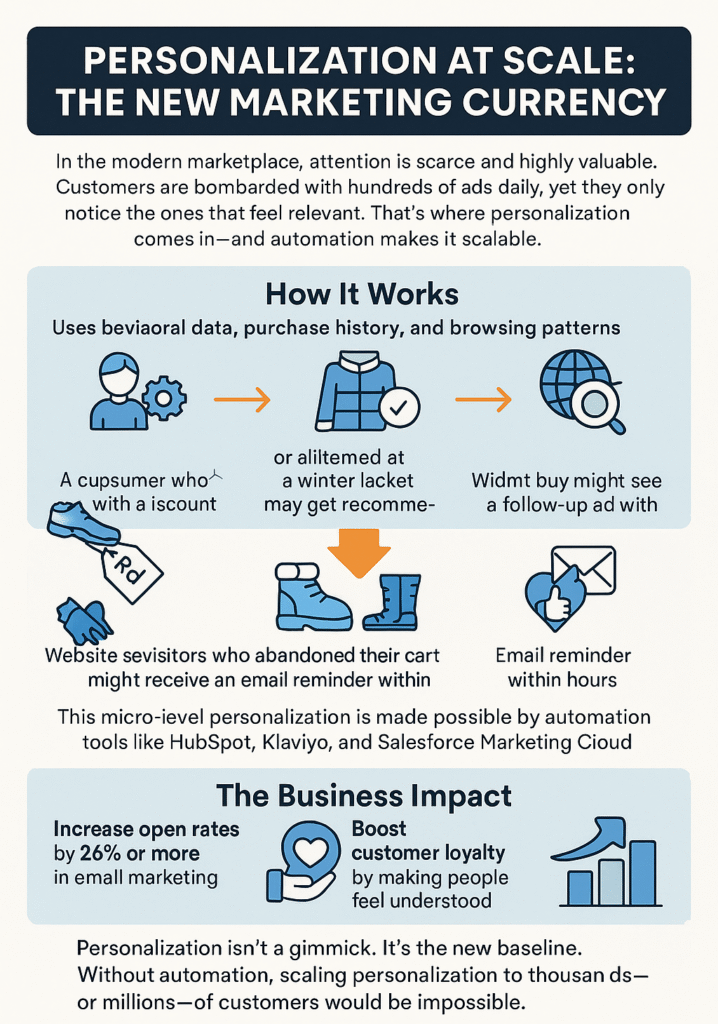
In today’s marketplace, attention is scarce and extremely precious. Customers experience hundreds of ads a day—most of which they won’t even notice. The important ones are the advertisements that feel relevant to them. This is the essence of personalization—and automated personalization makes relevance scalable.
How It Works
Rather than simply sending out the same message to everyone, automation platforms leverage behavioral data as well as purchase history or browsing history to create a unique experience. For example:
- A customer who looked at running shoes but did not buy might see an ad that followed up with a discount.
- A customer who purchased a winter jacket could receive gloves and boots recommended in their other advertising.
- A website visitor who abandoned a cart might receive a reminder email within a few hours.
These experiences are simply no longer possible without automation tools like HubSpot, Klaviyo, and Salesforce Marketing Cloud.
The Business Impact
The results are clear. Personalized marketing campaigns:
- Increase open rate and engagement by 26%+ in email marketing.
- Increase customer loyalty by making the customer feel understood.
- Increase conversion rates because the content feels relevant.
Personalization is not a gimmick. It is the new normal. Personalization would not be possible without automation. Personalized marketing would be impossible to scale to thousands or millions of customers.
AI-Driven Creativity and Smarter Content
Content is essential to digital marketing, but it is a challenge to create high-quality content on a regular basis. Automation, and even more prominently through AI, is changing how marketers create and disseminate content.
Content Creation with AI
Platforms such as Jasper, Copy.ai, and ChatGPT can create blog outlines, ad copy, and even product descriptions in a matter of moments. While these don’t take the place of a creative human mind, they shorten the time for thought and creation, leaving marketers more time to think about strategy and storytelling.
Even design is showing the same innovations from automation. Canva and Adobe are rolling out features in Adobe and Canva that suggest layouts, color pallets, and even entire designs all for their audience by looking at trends and previous campaigns.
Smarter Distribution of Content
Automation means content exists, but it doesn’t stop there. Automation makes sure it gets in front of the right people at the right time. Services such as Buffer, Hootsuite and Later allow for you to create a post days or weeks in advance, optimize your post for engagement, and even ensure it is the right post for the right platform.
Even paired with analytics powered by AI, a company can see in real time if the content resonates with an audience and make changes accordingly and almost instantly. No guesswork involved; marketers have data that they can act on.
Email Marketing in the Age of Automation
Email is still one of the highest return on investment channels for digital marketing, and automation has taken its effectiveness to the next level.
Automated Journeys
Customer journeys no longer need to be managed manually, for instance:
- Welcome Sequences: An automated email that is triggered once a visitor signs up.
- Cart Recovery Emails: When a customer abandons their cart.
- Re-Engagement Campaigns: When a marketer sends a campaign to previously active subscribers with new offers.
All of the workflows above are automated events, meaning they happen automatically and are designed to be timely, and personalized while building relationships without your constant intervention.
Testing and Optimization
Automation also makes A/b testing as easy as it should be. Marketers can A/B test subject lines, CTAs, and the overall email format at scale, and algorithms will automatically prioritize the winning variation. Email becomes a science-based channel instead of this guessing game.
Data-Driven Decisions and Predictive Marketing
Automation is more than just execution – it is intelligence.
From Data to Decisions
Automation tools collect and analyze data from multiple sources, which might include websites, social, media, email, and ads just to name a few. Marketers have moved to dynamic dashboards that update in real-time instead of static reports.
This change means that strategies no longer become set in stone. If a campaign is not performing as expected, the automation systems can adjust budgets, audiences, and creatives in real-time.
Predictive Analytics
One of the most exhilarating aspects is predictive marketing. AI can use historical data to form a prediction about an individual or group and can do that with a new level of data.
Some examples might include:
- Predicting which leads are most likely to convert.
- Identifying customers that are at risk of churning.
- Determining the best time to send emails to maximize open rates.
This type of foresight provides businesses with a distinct advantage and the ability to take action well before either an opportunity or risk takes place.
Chatbots, Virtual Assistants, and Conversational Marketing
Engaging customers directly is no longer limited to email and marketing. Chatbots and virtual assistants are modernizing customer service and conversational marketing.
How Chatbots Work
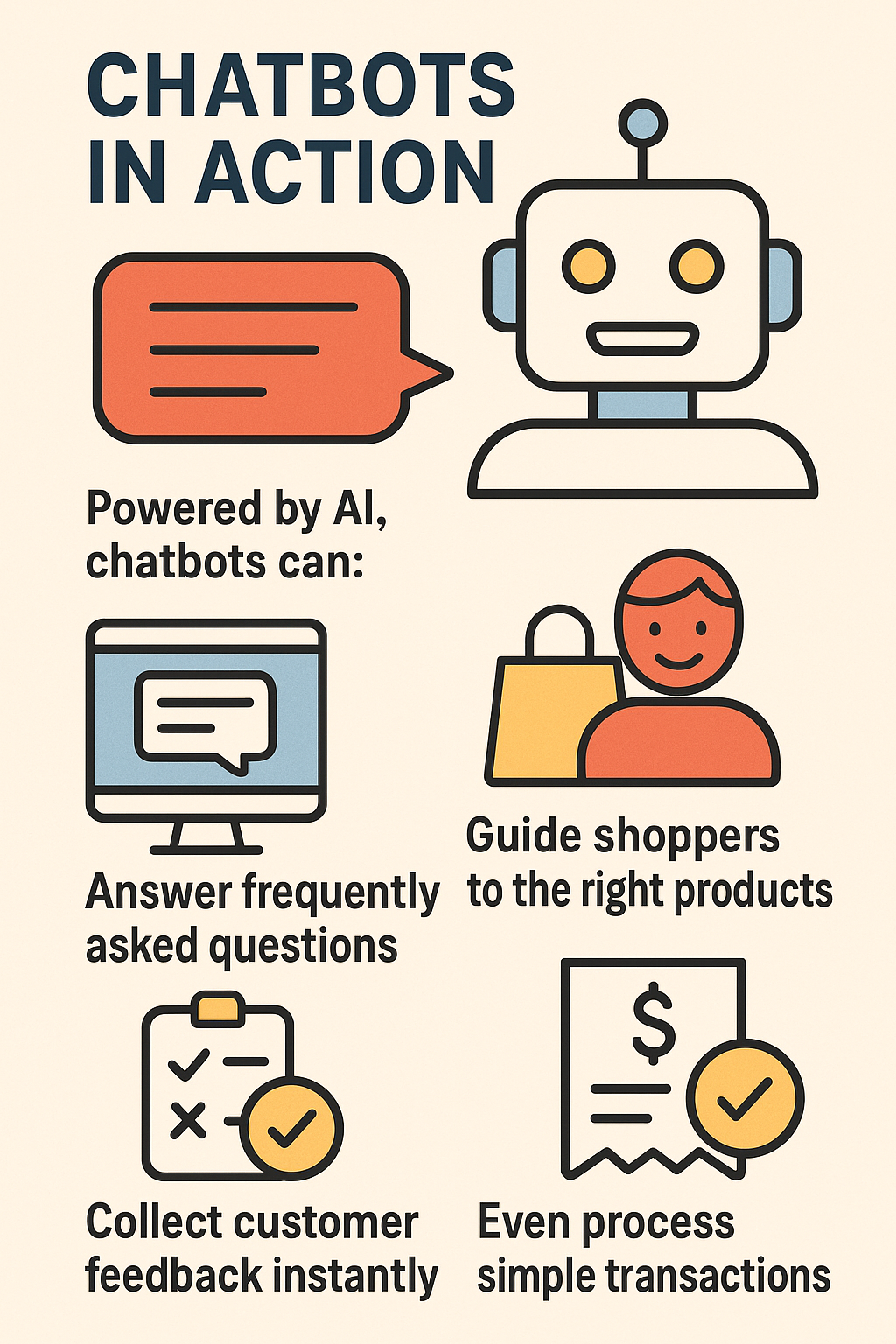
Chatbots utilize AI to:
- Answer FAQs around the clock.
- Direct consumers to the products they need.
- Instantly gather feedback.
- Even handle basic transactions.
Bots differ from traditional support in that they never require sleep, can scale to infinity, and produce instant results.
Conversational Commerce
Platforms such as WhatsApp, Messenger, and Instagram DMs have emerged as platforms for shopping. Automation can allow companies to send reminders, follow up, and even offer deals on those platforms. Conversational marketing creates an experience that feels natural to consumers, improving engagement and reducing the workload for the humans behind it.
Paid Advertising and Programmatic Buying
Advertising has entered the automation era through programmatic buying.
What it means
Rather than negotiating ad placements by hand, AI/ML platforms purchase and place ads in real time. Marketers set parameters around budget, audience, and goals, then the platform does everything else.
The Benefits
- The right ads reach the right people, at the right time.
- Real-time bidding saves dollars.
- Creative optimization tools personalize ad creatives for each user.
All of this results in better ROI, and less money wasted on ads. For consumers, it means an ad feels less like spam and more like a helpful suggestion.
Ethical and Practical Challenges of Automation
Despite the immense potential of automation in marketing, there are challenges that marketers must contend with.
Data Privacy and Trust
Using customer data is key to providing a personalized experience. However, as marketers collect more data, it raises ethical dilemmas. With regulatory frameworks like GDPR (Europe) and CCPA (California) diligently enforcing how data is utilized, marketers need to be exceptionally careful. Mismanagement of data can lead to destruction of trust in the practice of marketing and the potential of steep fines.
The Risk of Automated Communication
Customers can sense when they are talking to a robot. For example, a chatbot that responds with a completely irrelevant comment or an overly aggressive series of automated emails can be frustrating rather than delightful. Finding a balance with automation is key – technology should be used to augment the value of human-to-human interactions.
Integration and Technology Costs
Small businesses can find it particularly difficult to integrate automation platforms with their existing systems. Technology costs are also a hurdle. By that I mean that while technology can yield benefits in cost savings down the road, it may be difficult to get the required buy-in to establish automation in the first place.
Marketers should weigh these factors carefully and try to avoid the trap of relying purely on automation.
The Road Ahead: What the Future Looks Like
Automation is not a stagnant concept. It is evolving before our eyes. Here’s a look at the trends that are shaping the next ten years of marketing:
- Voice Search and AI Assistants: As optimization for Alexa, Siri, and Google Assistant becomes the norm, brands will be expected to optimize for these devices in campaigns.
- AI-Generated Video: Automated platforms will generate video ads, trailers, instructional videos, etc., with little input needed from humans.
- Augmented Reality (AR): As automation drives AR, customers will have a uniquely personalized shopping experience that transcends the digital and physical worlds.
- Predictive Personalization: Systems will have the ability to predict needs before customers express them.
The marketer of the future won’t be a campaign manager, they will be a systems engineer who merges creativity and technology to create scalable experiences.
Conclusion
Automation is not designed to take jobs it’s designed to improve them. By eliminating routine tasks, it enables marketers to concentrate on strategy, creativity, and storytelling. By researching enormous datasets, it presents insights that only a machine could provide without human assistance. By providing customization at scale, it permits firms to meet the demands of modern consumers.
The future of marketing will lie in the relationship between humans and machines. Brands that find the right balance between authenticity and efficiency will win. Brands that resist change will simply fade away.
Automation is more than just a tool it is the new backbone of marketing. And the best is yet to come.
For more such articles click here.
FAQs
What does it mean to automate your marketing?
Marketing automation refers to the use of technology, AI, and machine learning tools, in order to complete repetitive tasks, offer customers relevant experiences, and respond to marketing campaigns in real time.
How is automation shaping the future of marketing?
Automation facilitates hyper-personalization, data-driven strategies, predictive analytics, and AI-powered tools such as chatbots, among others. Essentially, automation makes marketing faster, smarter, and more efficient.
Is automation only for larger businesses?
No. There are affordable, reliable automation tools available that small and medium-sized businesses can use to better scale their marketing programs, such as Mailchimp, ActiveCampaign, or Buffer.
What are different types of marketing automation tools?
Some popular options are HubSpot, Marketo, Salesforce Pardot, Zapier, Klaviyo, and Hootsuite. Each tool tends to cover different areas such as e-mail, CRM, social media, or analytics.
How does marketing automation enhance personalization?
Automation allows you to track patterns and behavior as well as data associated with a customer, and can serve them up a custom message, price, recommendation, etc. Automation allows businesses to connect with individuals at scale.
Can marketing automation replace human marketers?
No. While marketers may use automation for repetitive tasks and analysis, the factor of human creativity, strategy, and emotional intelligence will always be an important ingredient of effective human-based marketing.
How do chatbots assist with marketing automation?
Chatbots resolve customer inquiries, assist with purchases, deliver instant support, and assist with lead nurturing, offering seamless conversational marketing experiences.
Can you define what programmatic advertising is?
Programmatic advertising refers to the automatic purchasing and placement of advertisements, allowing for artificial intelligence and automation to be used to improve the audience targeting and cost efficiency in advertising on a real-time basis.
How does automation improve email marketing?
Automation provides personalized workflows for sending cart recovery emails, welcome emails, and optimizing on-the-fly, all while improving engagement and conversion.
What are some of the obstacles to success with marketing automation?
Some examples of the challenges are “too much automation,” resulting in robotic communications, privacy, initial expenses, and adjustments required to fit into existing tools.
